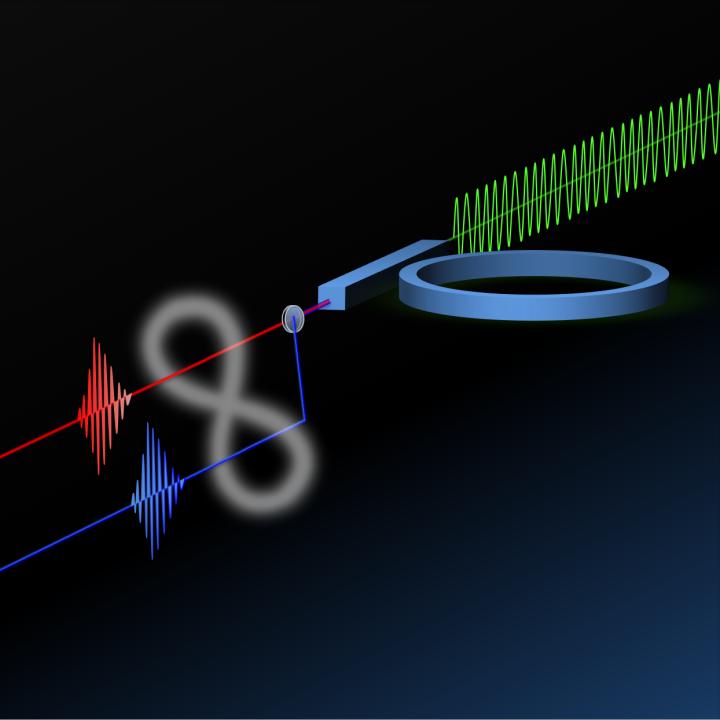Entanglement of photons has been one of the most intriguing phenomenon of physics with promises for ultra-fast and security computing as well as communications, but practical implementation on silicon chips has been elusive until now. Researchers over Università degli Studi di Pavia in Italy have managed to do just that – developed a microscopic micro-ring that entangles individual particles of light.
For the uninitiated, Entanglement is the instantaneous connection between two particles no matter their distance apart. The mathematics of the concept says that a small tweak on one particle will produce instantaneously a corresponding change in the other, even if at the other end of the galaxy. Einstein’s experiment ‘disproved’ it until it was resuscitated after his death by Cern scientists John Bell.
Entanglement of photons offer endless possibilities in the world of communications, computations, security and spying and the first step to achieve all of the above is a the ability to generate continuous supply of entangled photons at chip level – something that the latest research provides.
“The main advantage of our new source is that it is at the same time small, bright, and silicon based,” said Daniele Bajoni, a researcher at the Università degli Studi di Pavia in Italy and co-author on the paper. “The diameter of the ring resonator is a mere 20 microns, which is about one-tenth of the width of a human hair. Previous sources were hundreds of times larger than the one we developed.”
The Optical Society’s (OSA) new high-impact journal Optica, the research describes the work carried out by a team of scientists to develop a microscopic component that is small enough to fit onto a standard silicon chip that can generate a continuous supply of entangled photons.
There have been research and development previously, but the photon emitters could only be scaled down to milliliters size, which is still larger for on-chip use. Further, the photon emitters were power hungry – something that is a valuable commodity in the world of telecommunications and computing.
Researchers used the well-established optoelectronic components called ring resonators and etched them onto a silicon wafer in the same manner that other components on semiconductor chips are fashioned. To power this resonator, researchers directed a laser beam along an optical fiber to the input side of the sample. Then coupled to the resonator where the photons race around the ring creating an an ideal environment for the photons to mingle and become entangled.
Researchers observed that as the photons exited the resonator, a high percentage of them exhibited the telltale characteristics of entanglement.
“Our device is capable of emitting light with striking quantum mechanical properties never observed in an integrated source,” said Bajoni. “The rate at which the entangled photons are generated is unprecedented for a silicon integrated source, and comparable with that available from bulk crystals that must be pumped by very strong lasers.”

